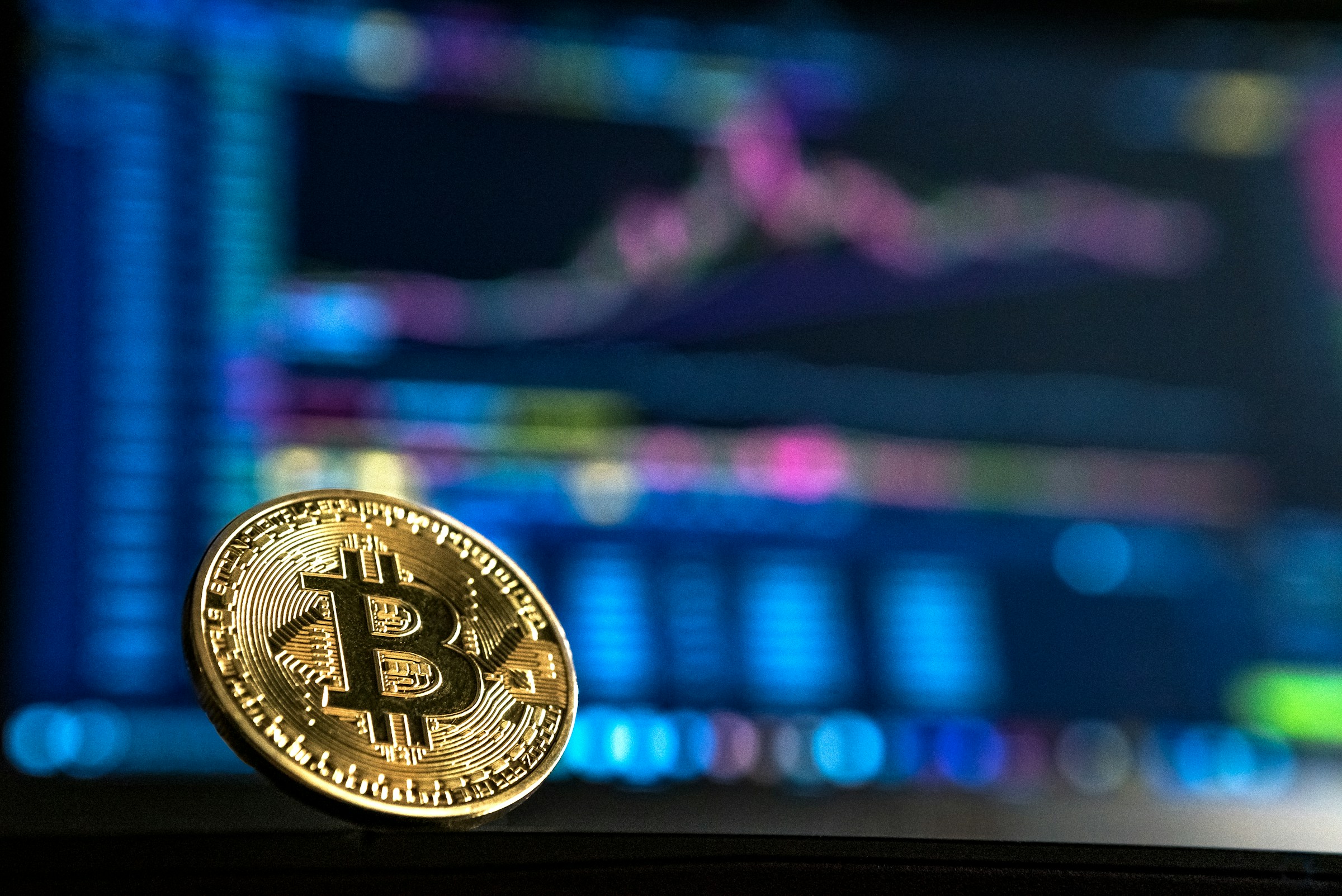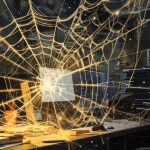In this era of rapid urbanization, environmental concerns often take a back seat to the pursuit of economic growth and urban expansion. However, a new wave of sustainable urban development is proving that environment-friendly strategies can also offer impressive economic benefits. One such blueprint for sustainability is the implementation of green roofs in urban buildings. Let’s delve into the economic advantages of green roofs and how they are transforming urban landscapes.
The Concept and Characteristics of Green Roofs
Before we evaluate the economic benefits, it’s crucial to understand what a green roof is and what it entails. A green roof, also known as living roof, is a roof of a building that is partially or completely covered with vegetation and a growing medium, planted over a waterproofing layer. Moreover, additional layers such as a root barrier, drainage and irrigation system may also be included.
Lire également : How to Adopt a Customer-Centric Approach in Luxury Real Estate Sales?
Green roofs can be categorized into two main types: extensive and intensive. Extensive green roofs are low maintenance, featuring a thin layer of vegetation predominantly composed of moss, succulents, and herbs. Intensive green roofs, on the other hand, have a thicker layer of soil that can support a wide variety of plants, even trees and shrubs, but require more upkeep.
Green Roofs and Energy Savings
Perhaps one of the most significant economic benefits of green roofs is their impact on energy consumption. Green roofs are excellent insulators, reducing the need for artificial cooling and heating in buildings. The layer of vegetation serves as a barrier against heat in the summer and cold in the winter, thus maintaining a more constant indoor temperature throughout the year.
Lire également : How to Leverage Augmented Reality for Interactive Property Showcases?
In the hot summer months, the plants on the roof absorb and reflect sunlight, thereby reducing the temperature of the roof surface and the building below. This phenomenon, known as "evapotranspiration," can reduce peak temperatures by 6-8°C compared to traditional roofs. As a result, the demand for air conditioning drops, leading to substantial energy savings.
In the colder months, a green roof acts as an additional layer of insulation for the building, helping to retain warmth inside. It reduces heat loss and energy consumption for heating, thereby further contributing to energy savings.
Improving Urban Heat Island Effect
Urban areas often suffer from the urban heat island effect: they are significantly warmer than surrounding rural areas due to human activities. By reducing the temperature of the roofs and hence the surrounding air, green roofs help mitigate this effect.
Green roofs cool the air by providing shade and removing heat from the air through evapotranspiration. This cooling effect not only makes urban environments more comfortable to live in but also reduces the amount of energy required to cool buildings, leading to lower electricity bills.
Green Roofs and Stormwater Management
Another crucial economic benefit of green roofs lies in stormwater management. Urban areas are typically characterized by vast expanses of impervious surfaces, which lead to water run-off during heavy rains. This run-off can overpower sewage systems and lead to flooding.
Green roofs, however, can absorb and store a significant portion of rainfall, thereby reducing run-off and the risk of flooding. The vegetation layer and underlying substrate help to slow down water as it moves towards the roof’s drainage points, allowing more time for it to be absorbed or evaporate.
Enhancing Real Estate Value
Last but not least, green roofs can enhance the real estate value of buildings. They improve aesthetic appeal, provide recreational space, and signal a commitment to sustainability and environmental responsibility – all desirable qualities in today’s real estate market.
Moreover, the reduced energy costs and potential savings on stormwater management infrastructure can make buildings with green roofs more attractive to potential buyers or tenants, enhancing their marketability and profitability.
In conclusion, green roofs provide a multitude of economic benefits, making them a smart choice for urban development projects. They exemplify how sustainable practices can go hand in hand with economic growth, paving the way for a more sustainable and prosperous urban future.
Green Roofs and Climate Change Mitigation
Climate change mitigation is another key benefit that green roofs bring to urban development. As previously mentioned, green roofs play a crucial role in decreasing the urban heat island effect. This phenomenon is not only essential for making urban areas more comfortable to live in, but it also contributes significantly to reducing the city’s overall carbon footprint.
Plants on a green roof absorb carbon dioxide (CO2), a primary greenhouse gas, and release oxygen through the process of photosynthesis. This absorption helps lower the amount of CO2 in the city’s atmosphere, effectively mitigating the impacts of climate change. However, the benefits of green roofs in the fight against climate change extend far beyond CO2 absorption.
Green roofs, particularly extensive green roofs, are designed to be low-maintenance, meaning they require less water and fertilizer compared to traditional gardens. This characteristic further contributes to environmental sustainability by conserving water resources and reducing nutrient runoff, which can lead to harmful algal blooms in local water bodies.
Additionally, green roofs reduce solar radiation absorption by buildings. Conventional roofs absorb a significant amount of solar energy, contributing to heat gain within the building and necessitating the use of energy-intensive cooling systems. Green roofs, on the other hand, reflect a portion of solar radiation and absorb another portion through evapotranspiration, reducing the amount of heat transferred to the building.
Lastly, green roofs provide green space for urban biodiversity, supporting a variety of plants and providing habitats for insects, birds, and other wildlife. This enhancement of urban biodiversity is an often overlooked but crucial component of urban sustainability and climate change resilience.
Semi-Intensive Green Roofs: A Balance of Benefits
A third category, known as semi-intensive green roofs, fall between extensive and intensive green roofs and offer a balance of the benefits of each. Semi-intensive green roofs have a deeper growing medium than extensive green roofs, allowing for a greater diversity of plants, including some grasses and perennial flowers. They also require less maintenance than intensive green roofs, making them a practical and cost-effective option for many buildings.
Semi-intensive green roofs still provide the environmental benefits of extensive green roofs, such as stormwater management and urban heat island mitigation, but they also offer additional aesthetic and recreational benefits due to their greater biodiversity and potential for public or private green space.
While all types of green roofs contribute to urban sustainability and offer economic benefits, semi-intensive green roofs can be an optimal choice for urban developers seeking to maximize these benefits while keeping maintenance costs and efforts reasonable.
Conclusion
In a world increasingly affected by climate change and rapid urbanization, green roofs present a compelling solution. They offer a multitude of benefits, from energy savings and stormwater management to enhancing real estate value and mitigating climate change. Whether it’s an extensive, intensive, or semi-intensive green roof, each type contributes its own set of benefits to the urban fabric, demonstrating the diverse ways in which green roofs can enhance urban sustainability and economic growth.
Innovations in urban development such as green roofs are not just environmentally friendly choices – they are economically smart ones. With a myriad of tangible economic and environmental benefits, green roofs bring us closer to achieving sustainable urbanization. By investing in green roofs, we are paving the way for a more sustainable, prosperous, and resilient urban future.






